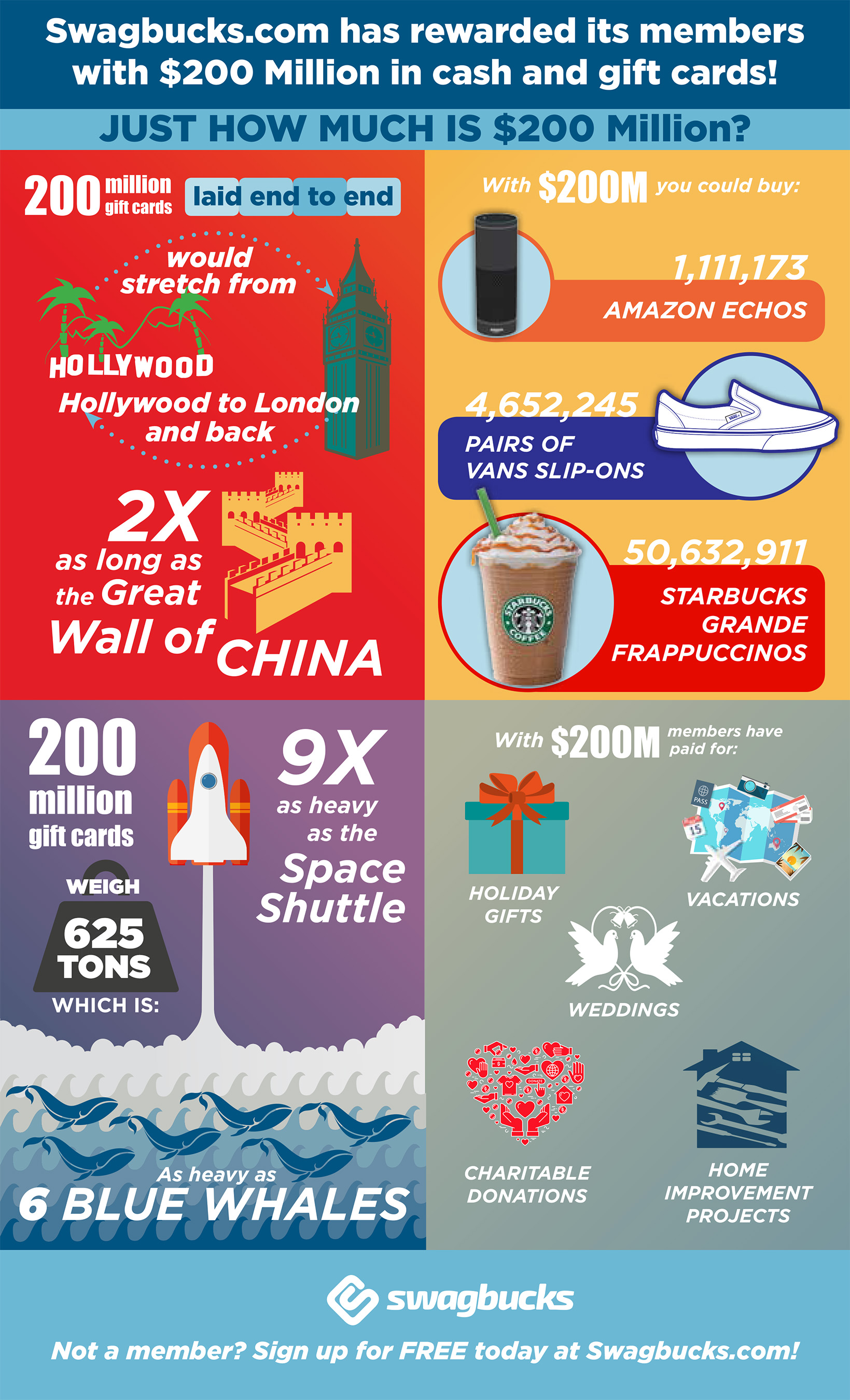The Background of Glass Inscription
Established in the Middle East and Egypt on hardstone, copper wheel inscribing made it through as a craft in seventeenth century Bohemia and Dresden on glass. It was used for a selection of functions, including illustrating the imperial double-headed eagle (Reichsadlerhumpen) and allegorical styles.
Engravers of this period slowly abandoned straight clearness in favour of crosshatched chiaroscuro effects. A couple of engravers, such as Schongauer and Mantegna, handled glass with a sculptural sensation.
Ancient Art
By the end of the 17th century, nevertheless, diamond-point engraving was being replaced by wheel inscription. Two remarkable engravers of this period deserve mention: Schongauer, that raised the art of glass inscription to match that of paint with works like Saint Anthony Tortured by Demons, and Mantegna, that shaded his drawings with brief scribbled lines of differing size (fig. 4) to accomplish chiaroscuro effects.
Various other Nuremberg engravers of this time included Paul Eder, that excelled in fragile and tiny landscapes, and Heinrich Schwanhardt, that etched inscriptions of fine calligraphic quality. He and his boy Heinrich likewise created the strategy of engraving glass with hydrofluoric acid to create an effect that looked like glass covered in ice. The engraved surface area might after that be cut and engraved with a copper-wheel. This method is employed on the rock-crystal ewer shown here, which incorporates deep cutting, copper-wheel inscription and polishing. Recognizing the inscribing on such pieces can be difficult.
Venetian Glass
When Venice was a European power, Venetian glassmakers took the lead in several high value-added markets. Unlike textiles and fashion, glassmaking preserved a tradition of sophisticated strategies. It likewise carried seeds of the decorative majesty symbolized in Islamic art.
Nevertheless, Venetian glassmakers were not eager to share these concepts with the remainder of Europe. They kept their craftsmen cloistered on the island of Murano so they would certainly not be influenced by new patterns.
Despite the fact that need for their item ebbed and flowed as tastes transformed and rival glassmakers arised, they never lost their appeal to rich patrons of the arts. It is for that reason no surprise that engraved Venetian glass appears in countless study in still life paints as an icon of deluxe. Commonly, a master treasure cutter (diatretarius) would certainly reduce and embellish a vessel at first cast or blown by another glassworker (vitrearius). This was an expensive endeavor that called for great skill, perseverance, and time to generate such in-depth work.
Bohemian Glass
In the 16th century, Bohemian glassmakers adapted the Venetian recipe to their very own, developing a much thicker, more clear glass. This made it simpler for gem-cutter to carve in the same way they carved rock crystal. On top of that, they created a technique of reducing that enabled them to make very detailed patterns in their glasses.
This was adhered to by the manufacturing of colored glass-- blue with cobalt, red with copper and light environment-friendly with iron. This glass was popular north of the Alps. Furthermore, the slender barrel-shaped goblets (Krautstrunk) were additionally popular.
Ludwig Moser opened up a glass style workshop in 1857 and achieved success at the Vienna International Exhibit of 1873. He established a completely integrated manufacturing facility, offering glass blowing, polishing and engraved glass in modern art etching. Until completion of The second world war, his firm dominated the marketplace of personalized Bohemian crystal.
Modern Craft
Engraving is among the earliest hand-icraft methods of attractive refinement for glass. It requires a high level of precision in addition to an imaginative creativity to be reliable. Engravers have to likewise have a feeling of structure in order to tastefully incorporate shiny and matte surfaces of the cut glass.
The art of inscription is still to life and thriving. Modern methods like laser inscription can attain a higher level of information with a better rate and precision. Laser modern technology is also able to generate layouts that are less susceptible to chipping or cracking.
Engraving can be made use of for both industrial and ornamental objectives. It's popular for logos and trademarks, as well as decorative decorations for glassware. It's likewise a prominent means to add individual messages or a winner's name to trophies. It is necessary to note that this is a harmful job, so you should always utilize the appropriate safety devices like safety glasses and a respirator mask.

Comments on “Timeless Quotes To Engrave On Wedding Glass”